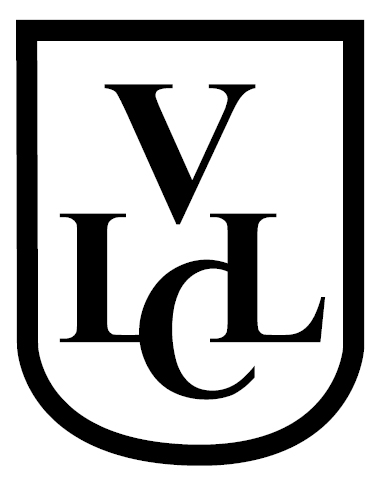|
Germans love rich, hearty cuisine, though each area of Germany has its own definition of what a traditional meal looks like. What can you expect on the menu when you go to a traditional German restaurant or pub? More often than not, classic dishes like Wiener Schnitzel, Würstchen mit Sauerkraut, and, of course, potato-based dishes in various forms, like in Bratkartoffeln (Roasted Potatoes), Pommes Frites (French Fries), or Kartoffelauflauf (potato casseroles). I have outlined a few of the common recipes below, just so you know what you are eating! Funny enough, but the most famous German dish, Spätzle, is completely vegetarian. Spätzle are a kind of pasta, but the dough only consists of eggs, flour, salt and a hint of fizzy water (in order to fluff up the dough). Swabians are very proud of their Spätzle, so better not call them German pasta. Traditionally Spätzle are served as a side dish to meaty dishes (like Schnitzel) or can even be a main dish themselves. The most famous way of preparing Spätzle is to top it with a huge amount of cheese (mountain cheese for the taste and some Limburger for the consistency) which is called Käsespätzle. Spätzle originally come from the area around Stuttgart and are part of most Swabian dishes. It is not surprising that another popular dish is made of pork. Bratwürste are part of every German barbecue and also differ from area to area. The most famous Bratwürste are for sure the short and thin ones coming from Nürnberg. Grill your Bratwurst for 2 minutes on each side, put it in a bun, add some ketchup or mustard and ready is this iconic German dish called Bratwurstsemmel.Outside of Nürnberg Bratwürste are bigger and contain more fat. But no matter which size, Bratwürste are part of every German barbeque party. Potato Casserole: Kartoffleauflaut - The German generic term for baked "casserole" is "Auflauf" which literally means "piling up". Germans sometimes are referred to as ‘Kartoffeln’ as a joke, because it seems that everyday a German is having at least one dish which contains Kartoffeln. While this stereotype is not true, it is true that Bratkartoffeln are an excellent way of eating your portion of Kartoffeln in Germany. Slice up some boiled potatoes, slice them thinly, put them in a frying pan with a lot of oil, bacon and onions and fry them until they turn dark and crispy. Not the healthiest option of things to eat in Germany but definitely not the worst as well. The most famous version of Schnitzel is definitely the Wiener Schnitzel, which is a thinly sliced piece of veal-meat, covered with flour, egg and bread crumbs and then deep fried in oil or a lot of butter until it turn golden on the outside. Also very tasty is the Schnitzel Wiener Art, which is basically the same but with pork meat. But there are many more options on how to prepare a Schnitzel which range from chicken breast to soja to blocks of cheese. One could argue that Gulasch is not really a German invention, but nevertheless the Germans love their Gulasch and may have taken the original recipes and turned them into some variations of their own. Gulasch is made with thick pieces of beef meat that have been slow cooked in a rich sauce, sometimes made of red wine, which makes the meat very soft and tender. Gulasch can be eaten as a soup or with some side dishes like Spätzle. The German food experience is amazing and can be appreciated in many places, but I don't think anything could be more exciting than experiencing German food in Germany.
0 Comments
Leave a Reply. |
AboutTravelling is an exciting opportunity which can be enhanced by learning the language before you go. This blog contains some interesting articles about language and travel. Archives
June 2024
Categories |

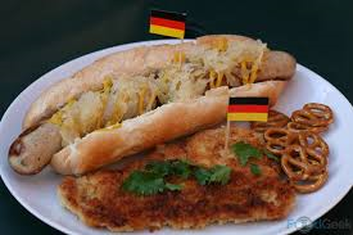
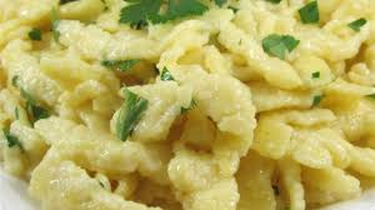
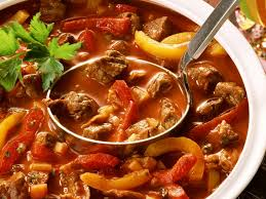
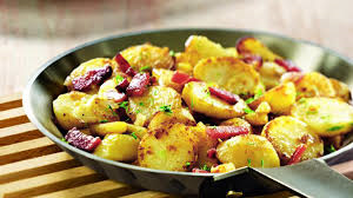
 RSS Feed
RSS Feed
